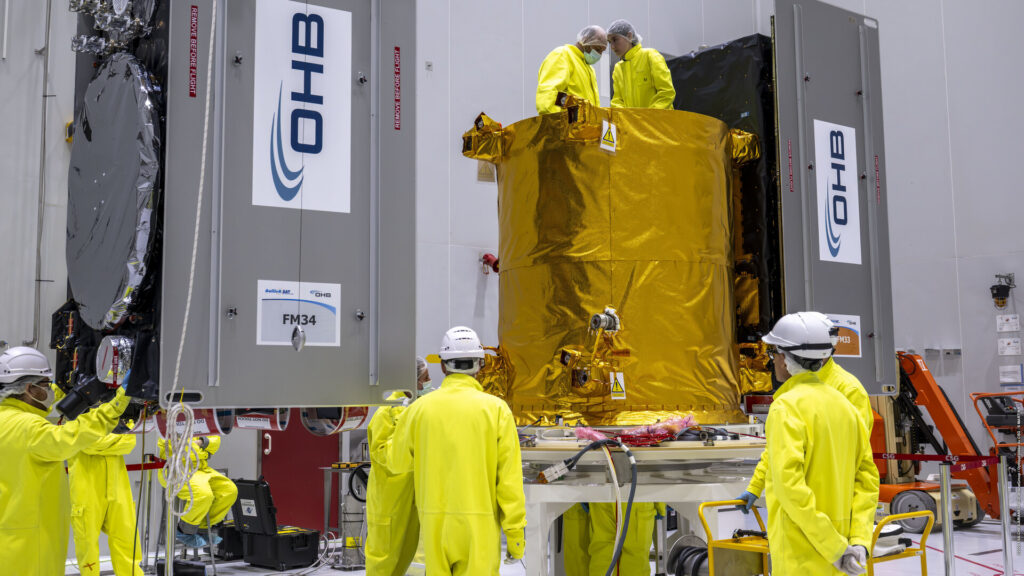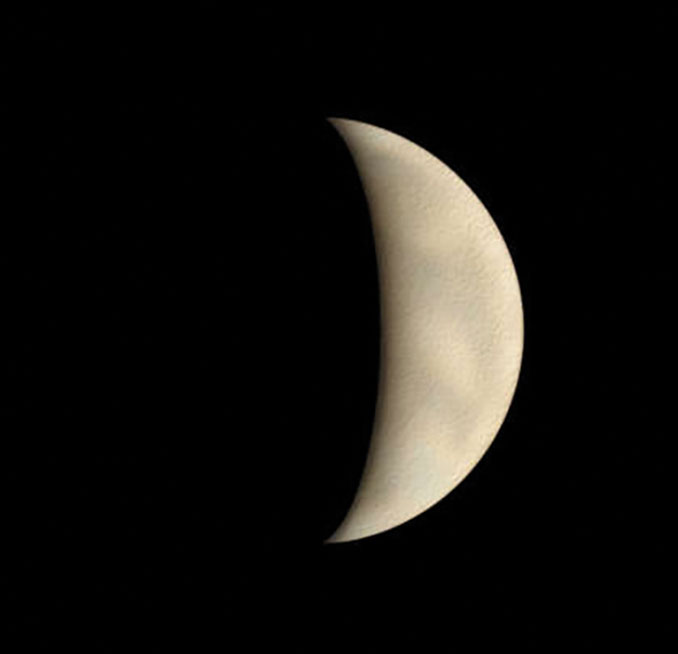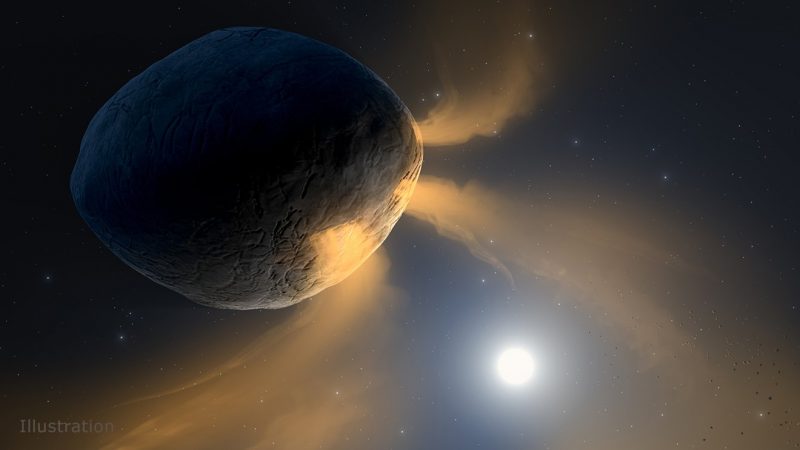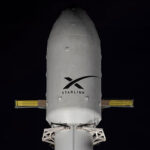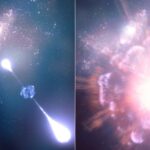Now Reading: James Webb Telescope Uncovers Ancient Galaxy Firefly Sparkle
-
01
James Webb Telescope Uncovers Ancient Galaxy Firefly Sparkle
James Webb Telescope Uncovers Ancient Galaxy Firefly Sparkle


The James Webb Space Telescope (JWST) has made a groundbreaking discovery that’s reshaping our understanding of galaxy formation in the early Universe. This lightweight galaxy, designated as Firefly Sparkle, was detected approximately 600 million years after the Big Bang. It showcases not only a remarkable mass comparable to the Milky Way during its formative years but also a plethora of star clusters, a total of ten, all in various stages of development.
Astrophysicists have long theorized about the existence of low-mass galaxies from the Universe’s early epochs, but this discovery transcends mere theory. Co-lead author Lamiya Mowla from Wellesley College expressed the astonishment felt by researchers: “I didn’t consider it would be possible to resolve a galaxy that existed so early in the Universe into so many distinct components.” The intricate detailing of Firefly Sparkle reveals a vibrant cosmos filled with different phases of star formation happening at the same time.
The opportunity to observe Firefly Sparkle in such detail is attributed to a natural phenomenon known as gravitational lensing. The galaxy’s image was significantly enhanced by a massive foreground galaxy cluster, allowing Webb to capture the distant galaxy’s structure with remarkable clarity. Kartheik Iyer, another co-author and NASA Hubble Fellow, noted that without this lensing effect, such a detailed observation would have been unfeasible. The capability of JWST to image in high-resolution infrared light further facilitated this discovery, offering new data about the components of the galaxy.
Through advanced modeling, researchers reconstructed what Firefly Sparkle might have looked like without the distortion caused by gravitational lensing. Their findings revealed an elongated raindrop shape, with the ten distinct star clusters nestled within. Kartheik shared, “Our reconstruction shows that clumps of actively forming stars are surrounded by diffuse light from other unresolved stars.” This highlights that the galaxy is still in construction mode, evolving and changing as more stars form and gather.
Firefly Sparkle is classified as a low-mass galaxy, which hints at a fascinating trajectory over the coming billions of years. While it currently appears as a clumpy and chaotic entity, it holds the potential to evolve into a more massive and structured galaxy in the future. The ten star clusters within it are not only emitting light but are also at different stages of life, further emphasizing the galaxy’s complexity and diversity of star formation.
The discovery also points toward the interactive nature of early galaxies. Firefly Sparkle is not alone; it has two nearby companions, suggesting that it may undergo significant changes through gravitational interactions. The proximity of these galaxies—one just 6,500 light-years away—could lead to scenarios in which their gas interactions foster new star formation. Yoshihisa Asada, a doctoral student at Kyoto University, remarked, “It has long been predicted that galaxies in the early Universe form through successive interactions and mergers with other tinier galaxies.” Observing this process in action provides valuable insights into the evolution of galactic structures.
The findings surrounding Firefly Sparkle illustrate the astonishing capabilities of the JWST and the potential for further discoveries. Maruša Bradač from the University of Ljubljana emphasizes that that’s just the beginning: “This is just the first of many such galaxies JWST will discover.” As research teams continue to analyze early galaxies, the information collected will deepen our understanding of cosmic evolution and the intricate tapestry of the Universe’s early days.
The research relied heavily on data collected from the Canadian NIRISS Unbiased Cluster Survey, which included vital near-infrared images and spectra captured by the Near-InfraRed Camera (NIRCam) and the Near-Infrared Spectrograph (NIRSpec). This project aligns with previous efforts by the Hubble Space Telescope, creating a comprehensive observational history of the early Universe and its celestial bodies.
As we further explore the cosmos with the incredible resolution of the JWST, we stand on the brink of uncovering the mysteries of galaxy formation, star birth, and the evolutionary paths of the earliest structures in our Universe. The age of cosmic exploration is not just unfolding; it’s brilliantly igniting our understanding of where we come from and what lies ahead in the vastness of space.
Stay Informed With the Latest & Most Important News
Previous Post
Next Post
-
 012024 in Review: Highlights from NASA in Silicon Valley
012024 in Review: Highlights from NASA in Silicon Valley -
 02Panasonic Leica Summilux DG 15mm f/1.7 ASPH review
02Panasonic Leica Summilux DG 15mm f/1.7 ASPH review -
 03How New NASA, India Earth Satellite NISAR Will See Earth
03How New NASA, India Earth Satellite NISAR Will See Earth -
 04And Thus Begins A New Year For Life On Earth
04And Thus Begins A New Year For Life On Earth -
 05Astronomy Activation Ambassadors: A New Era
05Astronomy Activation Ambassadors: A New Era -
 06From Polymerization-Enabled Folding and Assembly to Chemical Evolution: Key Processes for Emergence of Functional Polymers in the Origin of Life
06From Polymerization-Enabled Folding and Assembly to Chemical Evolution: Key Processes for Emergence of Functional Polymers in the Origin of Life -
07SpaceX launch surge helps set new global launch record in 2024













